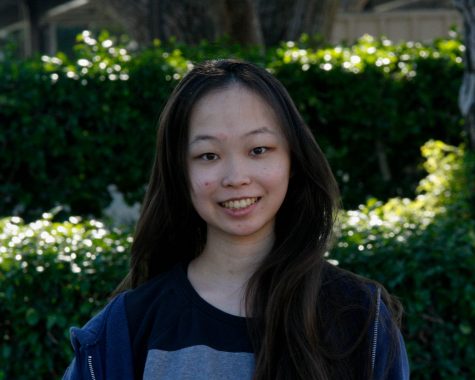Hybrid Learning Carries Mixed Sentiment Among Staff and Students
January 6, 2021
Following the conclusion of the first semester’s final exams, students and teachers alike have had deeply mixed opinions regarding the merits of the hybrid learning model during the 2020-2021 school year.
Compared to previous years, students feel that the standard of student mastery of concepts expected during a traditional year, especially through final exams, cannot be applied to the hybrid model.
“I definitely feel less confident about my grasp of the material compared to previous years at Uni,” junior Alissa Kopylova said. “Even though we are behind on the actual curriculum in most of my classes and spend more time on each topic, I still feel like I haven’t mastered nearly enough concepts as I would have during a normal year.”
While some academic departments gave students final exams during last years’ Emergency Distance Learning program, many of these finals were heavily modified to match the substantially reduced learning students had.
“The online finals last year were just the best that we could come up with, they did not represent what the students knew, at all,” Spanish teacher Mr. Chris Esposito said. “The hybrid model with the finals gives us the chance to at least get a good snapshot of what the students learned this year.”
Mr. Esposito confirmed that the World Languages Department had come to a consensus to modify their final exams in context of the level of instruction compared to past years. However, this may not have been the case across the board, as it was ultimately the individual teachers’ prerogative as to how final exams were administered.
“[Some teachers] would want to be fair and keep it the exact same as every other year,”
senior Dani Zand said. “But I do know other teachers for whom the definition of fair would be possibly making a final exam a little bit easier.”
The hybrid model has offered students and teachers both opportunities and drawbacks in terms of instruction. However, compared to last year’s mostly-virtual spring semester, the hybrid model has been able to incorporate elements of traditional in-person learning.
“Hybrid learning then is more effective than distance learning. Because at least, if I get one day a week, I can create the classroom environment with the full intention of students once a week,” Esposito said. “On Zoom, the students weren’t paying attention. I could see it the grand majority but it’s not their fault. It’s distracting. And it’s not fun, and it’s not engaging.”
Despite students having the opportunity to engage in in-person learning via the hybrid model, some students still do not find it to be an adequate substitute for a traditional learning experience.
“Personally, I’ve always been more of an independent learner, so at the start of the year I felt moderately comfortable doing a lot of assignments and lessons on my own,” Kopylova said. “However, I definitely feel like my ability to stick to a schedule, stay focused, and avoid procrastination has been significantly reduced as a result of increased flexibility that came with the hybrid model.”
When addressing the quality of instruction with the hybrid schedule, the alternating virtual and in person learning has afforded students and teachers a middle ground between traditional instruction and distance learning.
“I really love how teachers created videos, and … I like the material being posted on Canvas, it’s my favorite part so far,” senior Victoria Cheng said. “I can learn at my own pace, whereas in person, I would have to follow the teachers’ or the students’ pace, become bored in class, or not be able to catch up.”
In addition to the virtual component of the hybrid model offering increased accessibility to resources posted online, others have cited the pacing of the hybrid model as beneficial.
“I appreciate that the hybrid schedule has given more of a slowdown and more time for students to reflect not only on their classes, but the week ahead of them,” Zand said. “Uni obviously has always had that reputation of being a little bit more of a cutthroat competitive school and I’ve noticed, just a lot of people are much happier in general.”
Given the unusual circumstances withholding in-person school during a global pandemic, the hybrid model has utilized all resources afforded to students and staff by the district and health guidelines.
“I think IUSD has done the best job, period.….and I know every single teacher on this campus has tried to make that one day in class just so worth it for every student,” Esposito said. “I really do think under the circumstances that we’re in, IUSD has done the best job they possibly can.”




